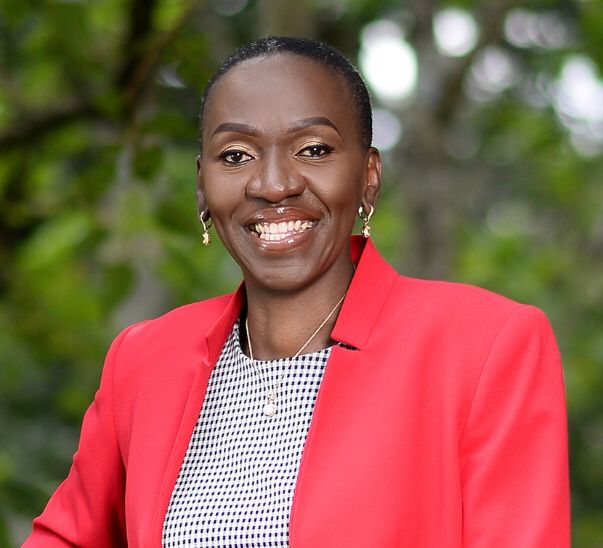Before you set and embark on your financial goals for 2023, it’s important to first determine where you are now; that is, your current financial position.
Use these six questions to evaluate the state of your personal economy:
(1) MY INCOME
- a) How much do I earn in total?
- b) How much of it is passive income?
- c) How much of it is active income?
- d) How many income streams do I have?
(2) MY EXPENSES
- a) How much do I spend in total?
- b) What percentage goes to my Goals (that is, the essential, value-producing costs such as giving, saving, investing, education, debt payments)?
- b) What percentage goes to my Needs (that is, the essential, value-consuming costs such as groceries, utilities, housing)?
- c) What percentage goes to my Wants (that is, the non-essential, value-consuming costs such as entertainment, recreation)?
- d) Which expenses do I need to Reduce, Raise, or Remove?
(3) MY ASSETS
- a) How much do I own in total?
- b) How much of my assets are in liquid investments?
- b) How much of my assets are in non-liquid investments?
- d) What percentage of my portfolio is invested in the security (low risk, low reward) bucket?
- e) What percentage of my portfolio is invested in the growth (high risk, high reward) bucket?
- f) Do I need to get my portfolio rebalanced?
(4) MY LIABLITIES
- a) What’s my total outstanding debt?
- b) How much money in interest am I paying every month?
- c) What’s my debt-to-income ratio?
- d) What’s my debt-to-asset ratio?
- e) Do I need to see a debt-management advisor?
- f) When will I achieve debt freedom?
(5) MY NET WORTH
- a) What’s my wealth after subtracting the value of my liabilities from my assets?
- b) Do I have a positive or negative net worth?
6) MY WEALTH RATIO
- a) What’s my Annual Investment Income divided by my Annual Lifestyle Expenditure?
A wealth ratio of 1 means you’ve attained financial freedom.
Let’s assume that your annual income from your investments is 120,000 while your annual lifestyle cost is 600,000. Divide 120,000 by 600,000. Your wealth ratio is 0.2.
In other words, you’ve so far achieved 20% of your financial freedom goal.
- b) Based on my current investing plan, when will I reach or exceed a wealth ratio of 1?
By answering those questions, you’ll get a very clear picture of where you are now, and an idea of what needs to be done this year in order to reach your 2023 financial goals
Source: Brian Macharia W - Personal Finance Educator | Author of: Budget Like A Goal Getter and Omoka Playbook





